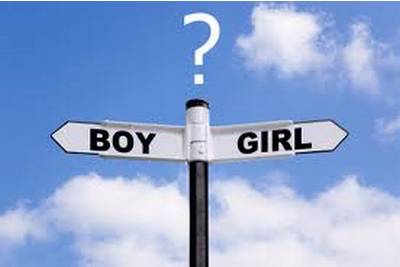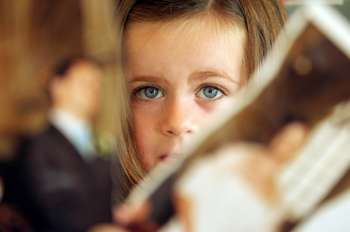New Zealand’s Fertility Rate Drops to New Low
 Media Release 5 September 2020
Media Release 5 September 2020
New Zealand’s total fertility rate has reached an all-time low, with an average of 1.69 births per woman in the year ending June 2020, well below the population replacement level of 2.1 required.
Lindsay Mitchell, author of “Families: Ever Fewer or No Children, How Worried Should We Be?“ – a recent report from Family First NZ – says:
“There are multiple factors driving down fertility, among them insufficient and insecure employment. The COVID-19 crisis will only exacerbate this aspect delivering a downstream effect of a decreasing working-age population shouldering a massive debt burden.”
The report examines the historical context of family size; identifies some of the underlying factors affecting fertility rates, including deprivation, marital status, ethnicity and ageing mothers; discusses the implications of smaller families; and analyses some of the policies which could reverse the shrinking family. It also reviews other countries’ efforts to incentivise fertility.
“Both Labour and National governments have progressively introduced more child-friendly and work-life balance policies, but the fertility rate continues down. As with other developed countries there appears to be little governments can do to avert the declines which are almost uniform.”
“Unfortunately there seems to be little public awareness of dropping fertility. Yet, as a country, we need to be more aware of this trend if we’re to turn it around.”
ENDS






